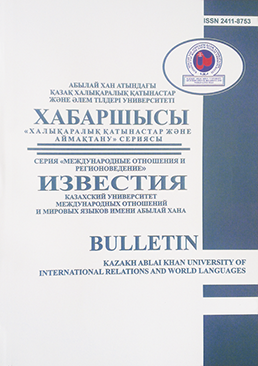GERMANY AND ITS DIFFICULT SITUATION IN CENTRAL EUROPE / MITTELEUROPA
DOI:
https://doi.org/10.48371/ISMO.2021.44.2.006Keywords:
Germany, Mitteleuropa, European Union, political discussion, hegemony, German supremacyAbstract
“Mitteleuropa” is a multi-facetted concept and as such difficult to handle. Its complexity derives not only from its origin as a German expression that cannot be translated properly, but rather from the fact that it contains implications on different levels – geography, economy and (geo)politics –, each of which is controversial and changing over time. This has not prevented Mitteleuropa from cyclical resurgence until the present, even though contexts have changed: Unlike in the 19th and early 20th century, it is no longer regarded an appropriate model for present political discussions. In fact, it appears to be a topic historians and politicians deal with in order to emphasize differences, especially in comparison with the European Union of today. Some good reasons account for this distanced treatment: first its amalgamation with powerpolitics and German hegemony, second its closeness to Friedrich Naumanns extensive concept of Mitteleuropa in the years before WW I and third its aggressive exaggeration and misuse by national socialism, the latter representing the peak of a development. Since then, all variants of Mitteleuropa have been discredited, and this holds also true for the idea as such, due to its potential to justify (or disguise) German supremacy on the continent . Given all that, it is hardly surprising that Mitteleuropa represents a kind of an infamous anti-blueprint to the peaceful process of European Integration after 1945.







